
Three historians band together to live as Victorians for a year an a real Shropshire farm that has been owned by a single family since 1555. The estate has the family house that you see in the picture above, but also a farm that was working until the 1940's.
The three historians, who included Ruth Goodwin, a specialist in Victorian domestic arts, were given one of the "labourer's cottages" on the estate farm in which to live. It had been uninhabited since the 1950's and still had the cast iron coal stove to heat the cottage and on which to cook.
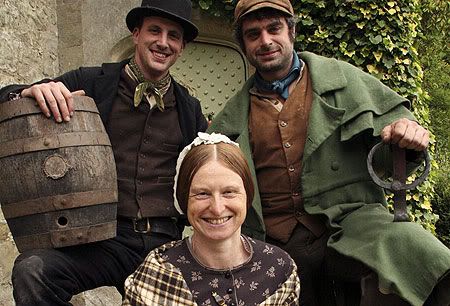
As in other shows of this type, the historians used only the materials authentic to the period for their day-to-day life.

These specialists in the Victorian era used this experienced to elucidate the farm and domestic skill that was needed - the inventiveness and analytic thinking that went into every exercise in problem-solving. For instance, if a wheel broke on the plow, they had to make a new wheel - from scratch. I don't think they were required to live on the farm completely - perhaps it was like a "living history day job". But this was no "survivor-with-a-twist" gimmick. They used, as their daily guide, the 1844 publication that was a staple of farm life in the Victorian era, The Book of the Farm by Henry Stephens. Stephen's manual includes everything needed from growing crops, to nurturing and healing farm animals through to their end as food. It also includes country proverbs of the "red sky at night" variety and ends with these words an exhortation to the young farmer "to maintain in his own person, and in his own sphere, the high, manly, and independent character which for centuries has been acknowledged as the attribute of the British agriculturist".
Ruth Goodwin used as her domestic guide a book from 1861 called The Family Save-All, A Book of Secondary Cookery "supplying excellent dishes for breakfast, luncheon, dinner, and supper from cold and other fragments with Invaluable Hints for economy in the use of every article of household consumption". Whew! What a claim! The Invaluable Hints include "how to grow melons in the open air" and "proper times for brewing beer". And the recipes! The first I happened upon as I casually flipped through this book was on how to cook a sheep's head - whole! Another is "An capital Pie from Goose Giblets".
Here is one:
"A very nice Family Dish from Cold Beef, and Mashed Potatoes and Flour. Bits of meat, when not large enough to be sliced, may be minced, seasoned, and rolled, in a paste of Mashed Potatoes and Flour. Close the rolls, fry them in dripping, and brown before the fire."
Here is another recipe:
"To make a very relishable Soup without Meat Take two carrots, two turnips, and one onion, the trimming of a head of celery, cut into small slices and pieces, and fry with about one half an ounce of butter. Let them be fired until they are quite dry, taking care that they do not burn. When in this state, pour from a pint and a half to a quart of boiling water into the frying-pan on them; then pour all together into a saucepan, and boil for three or four hours, adding water to keep up the quantity, as it boils away. Capital for invalids, or as a warmer at bed-time for people with bad colds."
This book has everything! The index starts with Acorns, Ale, and Ants and ends with Woodcock, Wooden spoons, and Zests (sauces). Both this and the Book of the Farm are available in full, since they are out of copyright, on Google Books.
As I researched this series further, I discovered that there is also one for Edwardian Farm, and Victorian Pharmacy. How fun is that?!
A slight spin-off offers The Victorian Farm experience for Christmas and New Year's with a list of typical activities and recipes!
Mulled Wine for your New Year's Eve celebration:
8 TBSP sugar (some people use honey)
4 cinnamon sticks
2 in piece fresh root ginger, peeled and sliced
small handful cloves, or to taste
1 orange, zest only
3 pints port wine or claret or even Merlot (or 2 bottles, which equal approx. 2 pints + 13 oz.)
Serves 6 people
Place 1.5 cups of water, and the sugar, cinnamon, ginger, cloves and orange zest into a saucepan. Bring the mixture to the boil, then reduce the heat to simmer, stirring regularly, until the mixture has reduced to form a thick syrup, about 15-20 minutes.
Add the port wine or claret and stir well. Increase the temperature until the mixture is piping hot, but not boiling.
Serve immediately in wine glasses. Strain the mixture before serving, if desired.
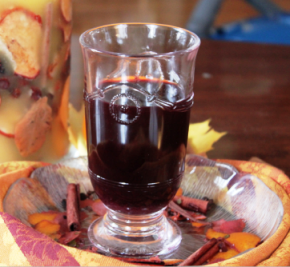
So I will leave you with this gift of a stroll back in time on this New Year's Eve and simply wish you the best of times on New Year's and in the year ahead!
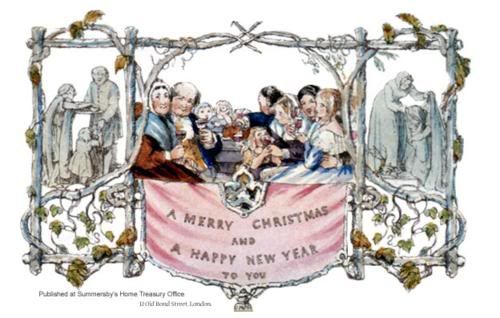












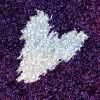
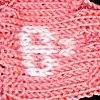

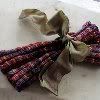

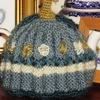



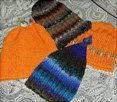


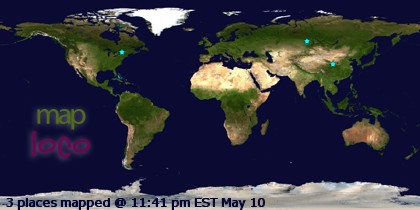
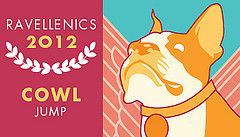
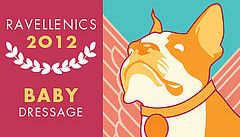




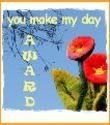

3 comments:
Sophia, you have made my day! I was browsing the TV guide this morning and saw that NTK1=Norway will send part 6 tomorrow. I was so disappointed that I had missed the previous five. Now I realize that they are broadcast on YouTube. Thanks a lot for your inspiring posts and a happy New Year.
That mulled wine recipe sounds delicious and I think I will have to find an excuse sometime soon to make it!
PS Glad to hear that you finished all your holiday knitting in time. That shawl is gorgeous!
Loveed reading this thank you
Post a Comment